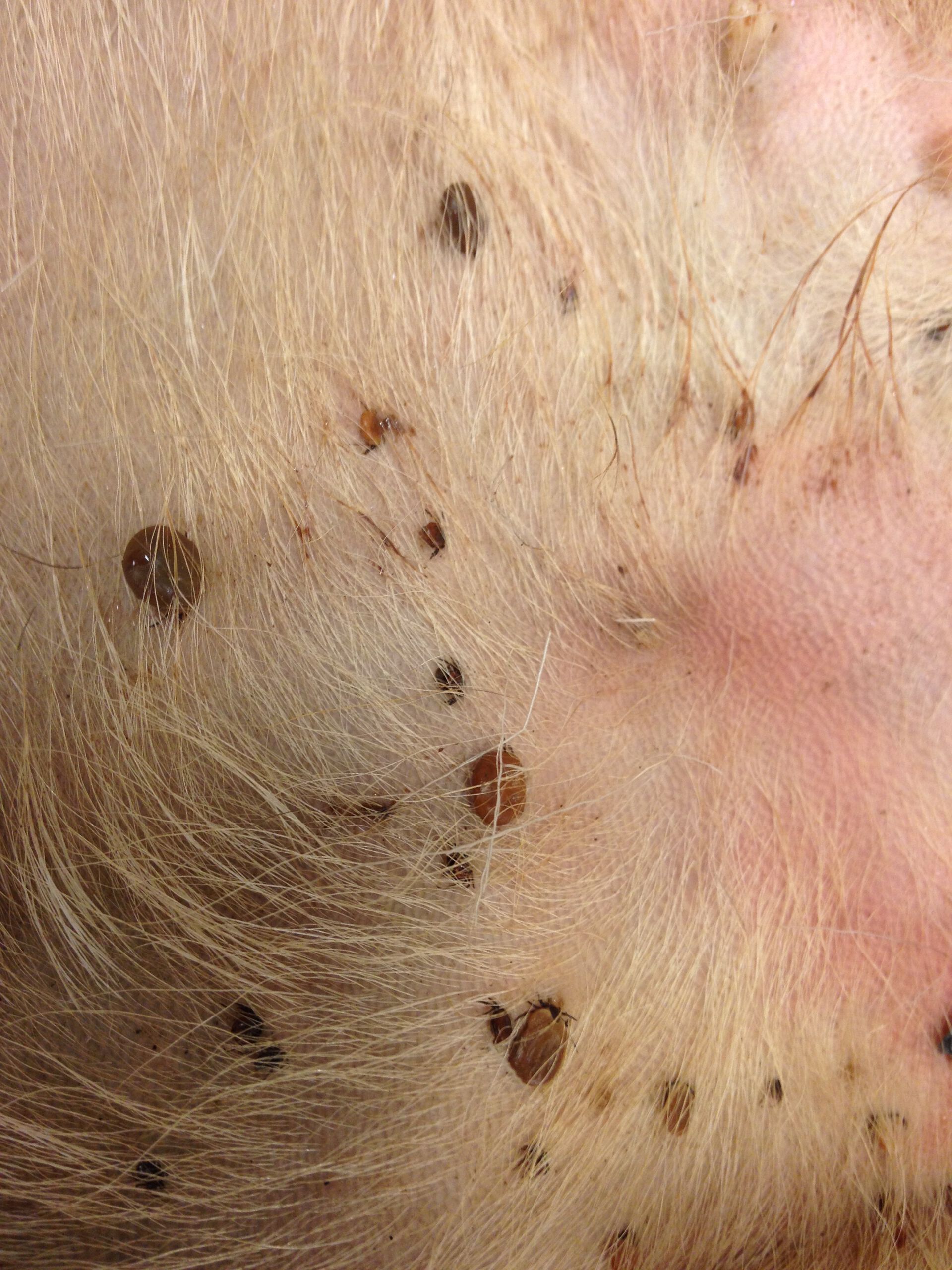About the project
The overall aim for the project "EcoTick" is to understand how changes in land use and climate have affected the increased incidences of tick-borne diseases in recent decades. Lyme borreliosis is the most known tick-borne disease in Norway. Ticks also spread the pathogens causing "tick-borne fever" in sheep and babesiosis in cattle.
WP1) Emergence and synchrony of the tick-borne diseases
In WP1, EcoTick will exploit the parallel increase in the 3 mentioned tick-borne diseases to better understand what drives the increase in disease incidences. The three diseases have a common denominator in being spread by ticks, but the pathogens that cause the diseases have different species of animals as reservoirs. Incidences of disease may also be due to different exposure related to land use, such as the degree of utilization of infield and outfield grazing by livestock. We will examine whether the increase in the different diseases have been synchronous in time and space, enabling an understanding of what other drivers than tick distribution affect disease incidence.
WP2) The enzootic transmission cycle(s)
In WP2, we focus on understanding the natural dynamics of the tick-borne pathogens in the ecosystem. We will identify key host animals for both ticks and pathogens using a combination of field techniques and novel molecular tools based on available samples from 2009-15 and new samples to be collected 2016-18.
WP3) Recreation and experienced fear of ticks and disease
In Norway, the utilization of outlying areas is an important element of economic activity associated with animal husbandry. Nature is also important arenas for recreation. Increased frequency of disease is an important problem in itself, but it also creates fear and concern both for regular hikers and for people who rely on the outlying areas of their livestock. In WP3 we seek knowledge of how fear of ticks affect recreation and grazing in outlying areas, whether this is affected by the estimated risk, level of knowledge and experience, and what mitigation efforts are used for sheep and cattle as well as the psychological coping strategies individuals resort to.

Figure. An overview of the workpackages. We focus on three diseases (WP1), the transmission cycles of the pathogens causing them (WP2), and how this affect fear of ticks among the affected user groups.
Financing
This project is funded by The Research Council of Norway (program Miljøforsk).
RCN Project No. 254694
Period
01.03.2016 - 31.03.2019
UiO Project No. 144215
